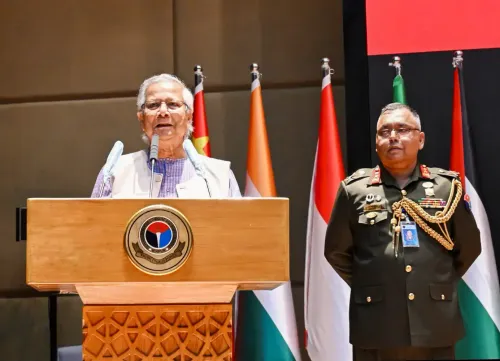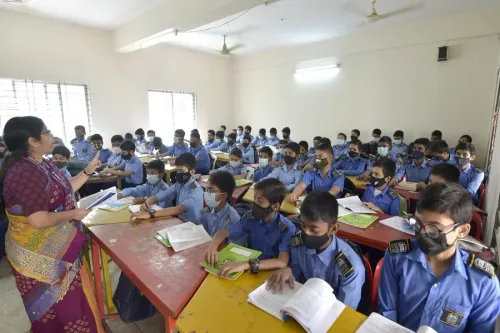Will Russia Launch the Venera-D Mission to Venus Before 2036?

Synopsis
Key Takeaways
- The Venera-D mission aims to explore Venus.
- Design work will start in January 2026.
- The mission will include multiple components such as a lander and an orbital spacecraft.
- Collaboration with the Lavochkin Association is key to the mission's success.
- The launch is expected before 2036.
Vladivostok, Aug 17 (NationPress) Russia is gearing up to initiate its Venera-D interplanetary mission aimed at revisiting Venus before the year 2036. Preparations are actively in progress, according to state media reports released on Sunday.
This mission is a key component of the nation's updated space program, with preliminary design work set to commence in January 2026, aligning with the initiation of the national space project. Oleg Korablev, the head of the Department of Planetary Physics at the Space Research Institute (IKI) of the Russian Academy of Sciences, shared this information with the TASS news agency.
The design phase is projected to last two years, and efforts are already underway in partnership with the Lavochkin Association, a prominent Russian space enterprise, which includes several coordination meetings to ensure smooth progress, Korablev reported, as cited by Xinhua News Agency.
He emphasized that the launch date will be determined post-design completion, stating, "But it will definitely take place within the current planning period, no later than 2036."
The Venera-D mission is expected to feature a lander, a balloon probe, and an orbital spacecraft. Earlier this year, IKI's scientific director and academician Lev Zeleny indicated that the launch would likely not occur before 2034 or 2035.
In a related development, earlier this month, four astronauts from the US, Japan, and Russia successfully docked at the International Space Station (ISS) as part of NASA's rotation mission after a roughly 15-hour journey, according to a statement from the US space agency on August 2.
The mission, known as Crew 11, includes NASA astronauts Zena Cardman and Mike Fincke, along with JAXA (Japan Aerospace Exploration Agency) astronaut Kimiya Yui and Roscosmos cosmonaut Oleg Platonov.
The crew launched at 11:43 a.m. Eastern Time (9:13 p.m. IST) aboard a SpaceX Falcon 9 rocket from NASA's Kennedy Space Center in Florida on August 1.
This new crew joined NASA astronauts Anne McClain, Nichole Ayers, and Jonny Kim, along with JAXA astronaut Takuya Onishi and Roscosmos cosmonauts Kirill Peskov, Sergey Ryzhikov, and Alexey Zubritsky, who were already stationed on the ISS.









